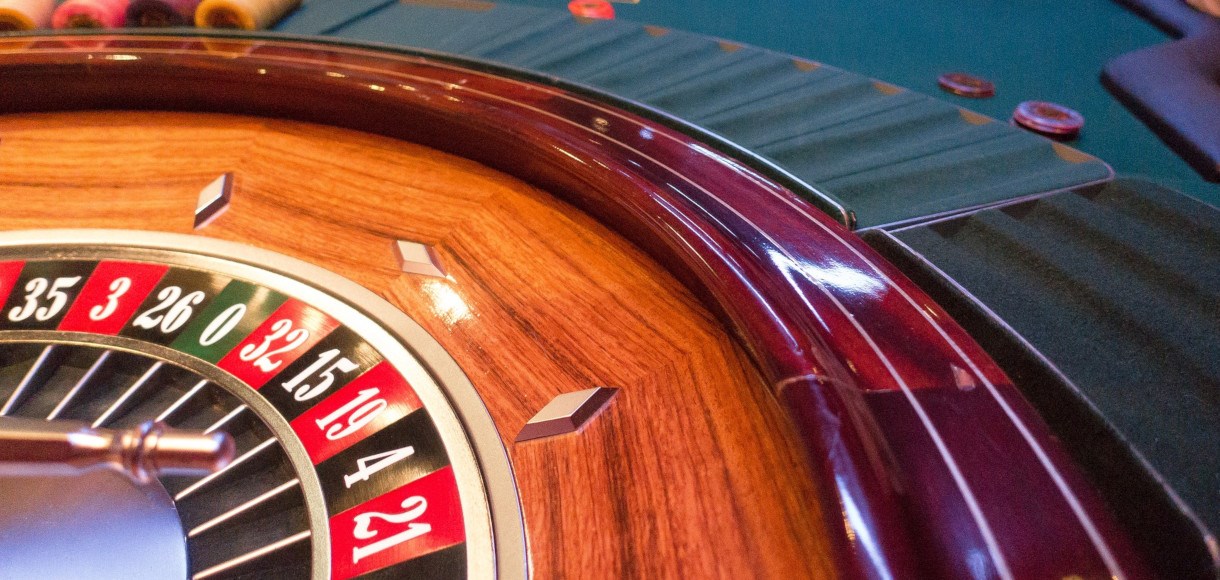Roulette strategy 101: A beginner's guide to the Fitzroy system

Are you looking for a progression roulette system with low risks? The Fitzroy staking plan could be the system for you.
The Fitzroy betting system has been used to great effect in real life.
Most famously, a British roulette gang made millions in Nice during the 1950s and 1960s by using the Fitzroy system, among others. The gang's leader, Norman Leigh, later turned the story into a book*.
When playing roulette online, the way it works is simple: bets are increased after a loss and decreased after a win. The theory is that any big roulette losses will be erased once a win comes in. But does the Fitzroy work in practice?
How the Fitzroy betting system works
The Fitzroy betting system was devised in the 1800s by a pair of British aristocrats - James St. Clair-Erskine, the Earl of Rosslyn, and his brother Alexander. The system took its title from Alexander's middle name, Fitzroy, but some gamblers refer to it as the Rosslyn system.
The brothers were convinced that the Fitzroy system was unbeatable, and spent considerable time - and money - trying to prove the theory. Ultimately, however, the Fitzroy was beaten when it was put into practice at the Monte Carlo casino.
In effect, the Fitzroy works a little like the d'Alembert progression system.
In the staking plan, one unit is added to your bet after a loss and one unit is taken away following a win. Think of it like a more conservative version of the Martingale.
The Fitzroy system in practice: Making bets
In the Fitzroy, all bets are made on a European Roulette table that contains a single zero slot. Only the even-money outside bets are covered (Red/Black, Odd/Even, 1-18/19-36).
Let's start with a base unit of £1 for this system. If our wager loses, we increase it to £2. If it wins we reduce it by £1, or start again at £1, whichever is higher.
In the table shown, we stick to £1 Red bets at 1/1. After three losing spins we hit a win and our stake reduces by one unit.
After eight spins we are split: four wins and four losses. Our total winnings, however, are £5.

Advantages and disadvantages of the Fitzroy
While it's virtually identical to the d'Alembert system, the Fitzroy plan can be used on a variety of numbers, not just the outside areas.
But the main benefit of the Fitzroy over other progression systems like the Martingale is the flatter staking plan. Because the stake is increased by only one unit after a losing spin, players can manage their bankrolls better.
In our example, after three losses we are only three units down. Compare that to the four units we would have lost using the Martingale.
The big problem with the Fitzroy, though, is that roulette is always biased against the player.
The house edge means that, over the long term, roulette players will always lose money to the casino. Of course, players can go on long hot streaks, but the statistical house edge (2.7% in European Roulette, 5.26% in American Roulette) makes it hard to turn round losing ones.
It's good to test out other systems with play money, and see which ones work best for you.
With small stakes, the Fitzroy won't lose you much, but it won't win you much either.
Do you increase your bankroll instead and go for something like the Fibonacci system, which has a more interesting range of bets?
Test the Fitzroy betting system today
All online roulette betting systems have their flaws, but all are fun to try with play money. Systems like the Fitzroy can also help you practice sensible bankroll management, too.
*https://www.amazon.co.uk/Thirteen-Against-Bank-Norman-Leigh/dp/1843440326




































